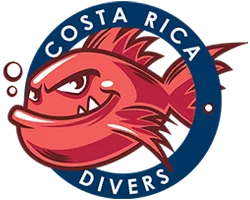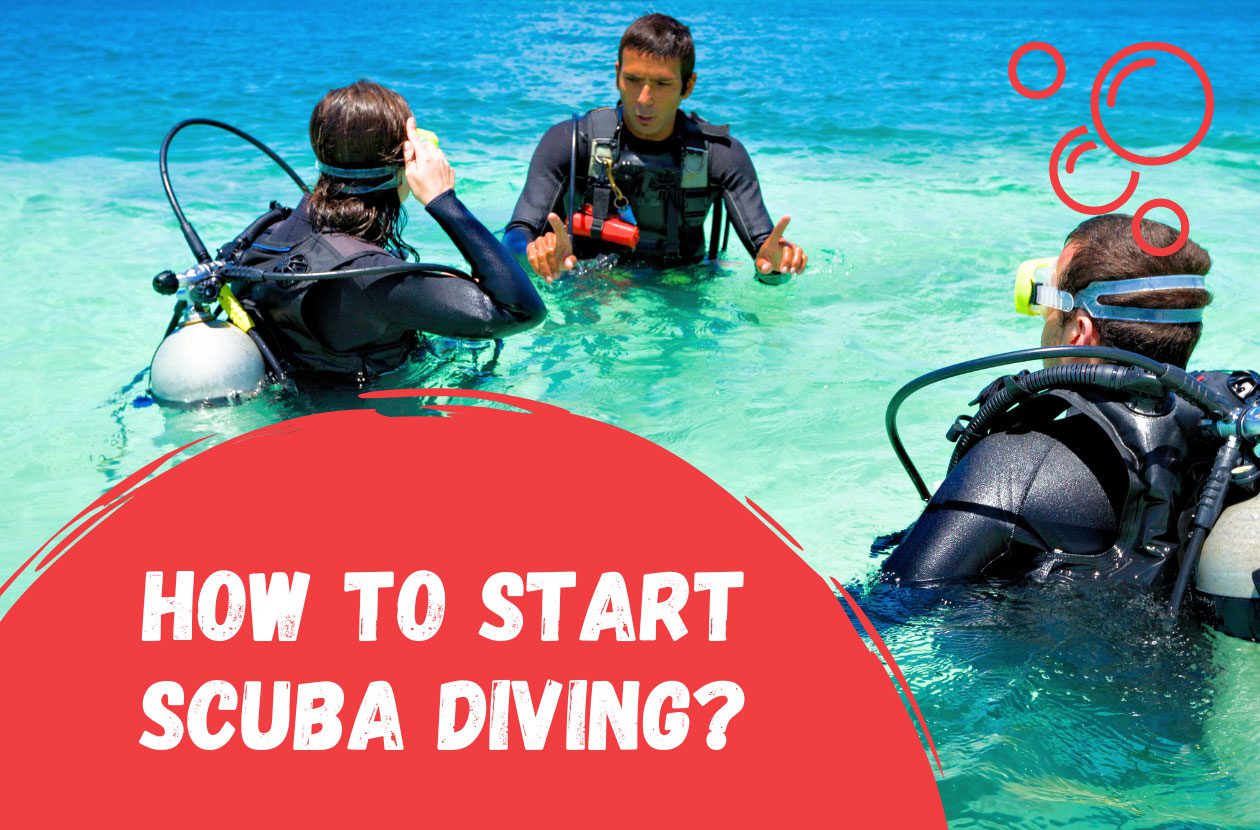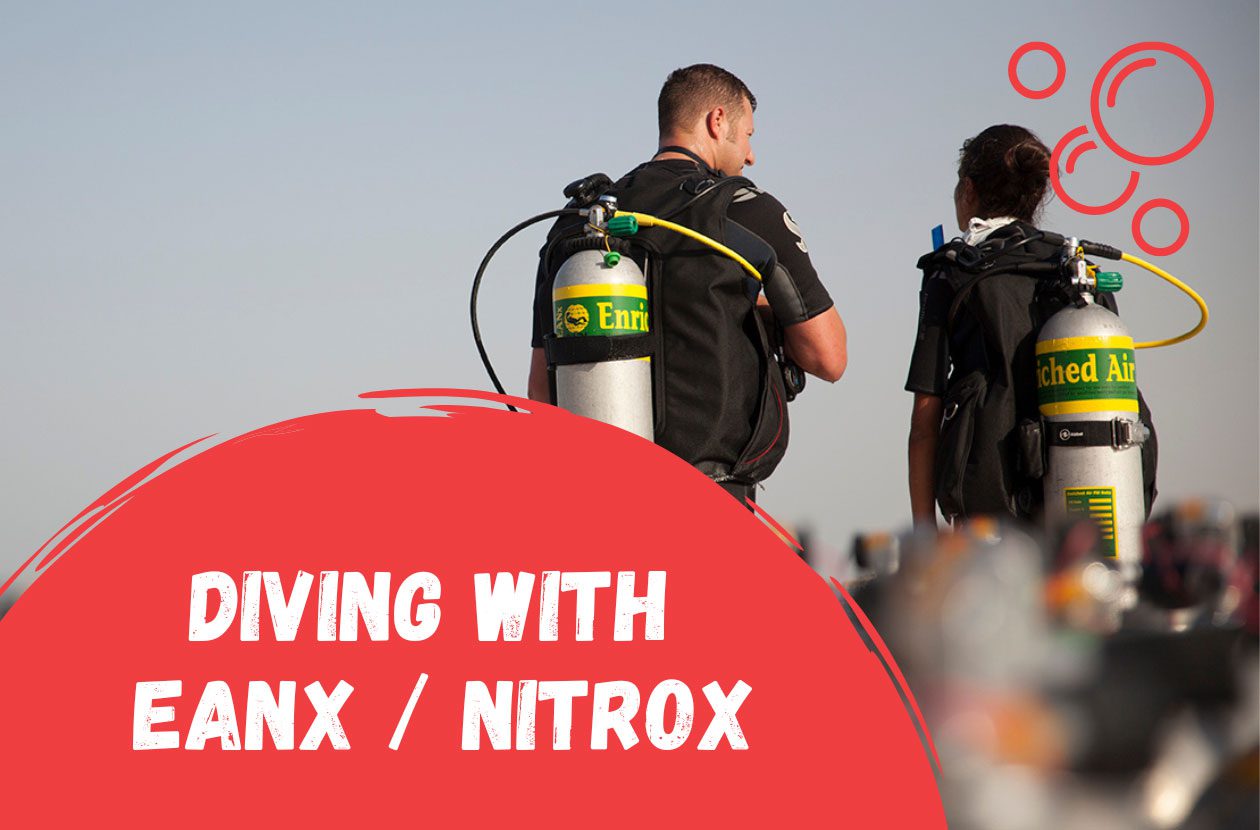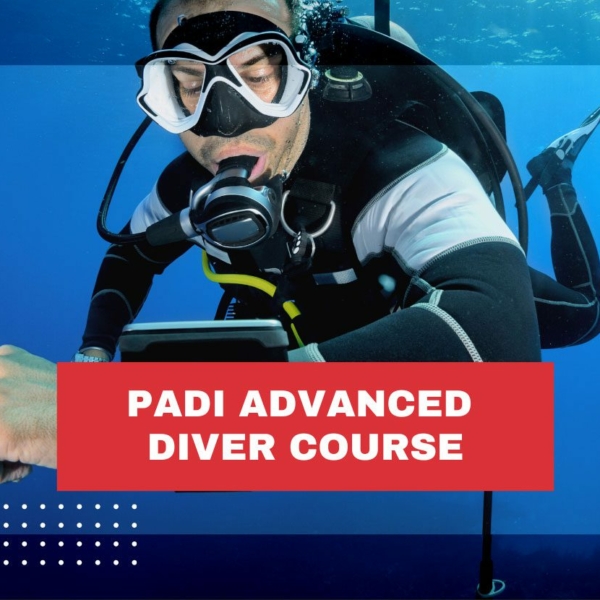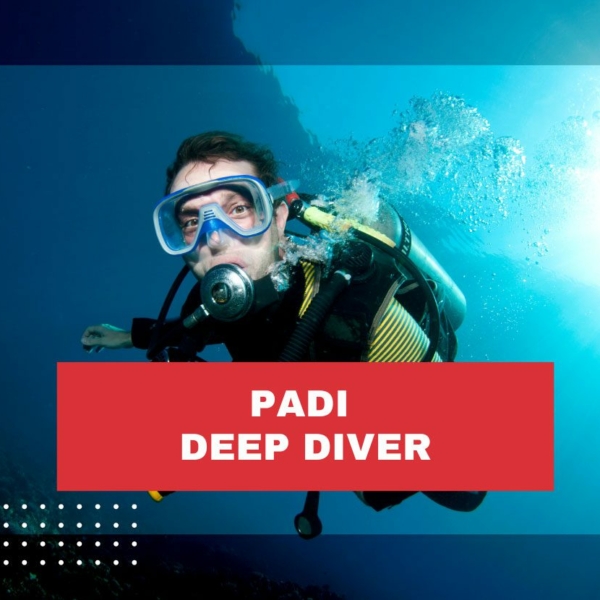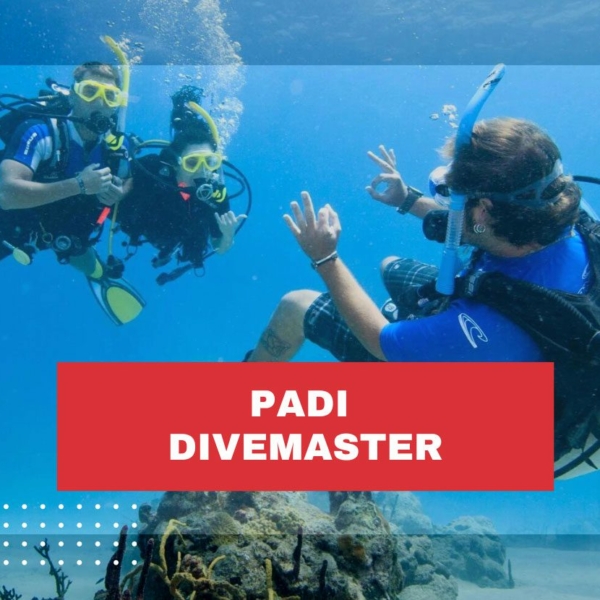Wondering what is the best diving organization? Would you like to do a diving course, but do not know which training federation to choose? PADI, SSI, CMAS… There are too many of them and how are you supposed to know which diving organization is the best? Today I will explain you everything step by step, so that by the end of this text you already know which diving organization to choose.
Before we go into a description of each diving federation, it’s time to discuss where the idea of certifying divers came from and whether you can dive without a license. Because, you may not need any dive agency to start your underwater adventure….
Table of Contents
What can you find in this post?
This text will be your complete guide to the most important diving organizations in the world and their training offerings. The purpose of this text is to help you decide which diving organization is best for you and which diving course you should choose for the beginning.
As a dive instructor with many years of experience, I know this world from behind the scenes and can tell you some secrets beyond the marketing tricks of each organization. Shall we?
Where did the need for diving organizations come from?
The origins of standards for diver training should be sought in the 60s of the twentieth century. Then the French explorer and diver Jacques Cousteau saw the need to standardize diving methods in the emerging recreational diving. He was one of the persons thanks to whom the first diving organization CMAS (Confédération Mondiale des Activités Subaquatiques) was established.
The organization began researching scuba diving and began creating its own world-first scuba training standards. More than a dozen countries joined the organization, so the same standards began to apply almost everywhere in the world.
Where do you think the need to standardize dive equipment and training came from? From accidents that happened in the early years of recreational diving development. Everyone was doing what they wanted and how they wanted. Everyone was using equipment made by their own hands in their garage and going underwater with no idea of physics, decompression or time limits. In such a situation it would lead to a serious disaster.
Today you can’t imagine that after reading this text you will go to your garage and with the help of a hammer and saw create your first diving equipment, right? RIGHT…? But it used to be that way. The creation of diving organizations was simply necessary.
Can I dive without a scuba license?
It’s interesting that the question about diving without a license is still so popular. To be clear – of course you can dive without a license and without prior training. It is not illegal to do so. Just like it’s not illegal to jump off a roof or stab yourself in the foot. Your life and your decisions. If you plan on winning the Darwin Award, then diving without training is a great option…
Diving organizations – business organizations
Now let’s get down to specifics. The dive organizations that are on the market today were created for one purpose. Well, let’s say two purposes. The first, of course, is to provide ready-made training standards for instructors and attract as many divers as possible to themselves. The second goal, perhaps even more important, is to make money.
Yes! None of the diving organizations are charitable and do it for the good of humanity. It is a business in a very competitive industry. A business that needs to make a profit. But that’s good for you, because where there is more competition, better quality of service must follow.
Scuba diving organizations – market leaders
As I mentioned earlier, the goal of any diving organization is to make money. The more the organization earns, the more they can spend on marketing, educational materials, but also on having a larger presence around the world. I have been a dive instructor and member of PADI for many years and I will be recommending this organization to you. Not because it is an angel among devils, but because it has the best value for money.
PADI (Professional Association of Diving Instructors)


PADI was founded in the United States in 1967 by John Crowin and Ralph Ericson. It is now the largest diving organization in the world, which develops many of its own programs and conducts research. The purpose of founding this diving organization was to promote diving. However, due to the fact that it is a business venture, everything went much smoother and faster than in other organizations.
As a result, PADI developed a modular training system and introduced a uniform standard for all courses. Additionally, based on research, it introduced safe diving standards, including a safe ascent speed. It must be admitted that this organization quickly conquered the diving market and more centers began to join PADI.
As a result, PADI dive centers are present in more than 180 countries around the world. As many as 130 000 instructors and divemasters have professional qualifications issued by PADI, and 70% of all diving certificates in the world are issued by PADI. If you would like to learn more about the training program, please look here: what is the best scuba diving certification?
Website: PADI.com


CMAS (Confédération Mondiale des Activités Subaquatiques)
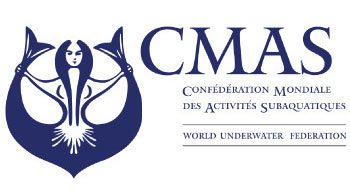

CMAS – World Confederation of Underwater Activities. This organization was founded at a congress in Monaco in 1959 as a non-profit organization. The headquarters of this diving federation is located in Paris, and the first president was the famous Jacques-Yves Cousteau. CMAS was to promote the development of diving and to standardize training standards, but the federations of individual countries were given a lot of freedom in this regard.
Diving licenses of CMAS federation are recognized around the world, so there is no problem with diving with such licenses. As in the case of other diving federations, there is no problem with continuing training in another organization.
Website: CMAS.org
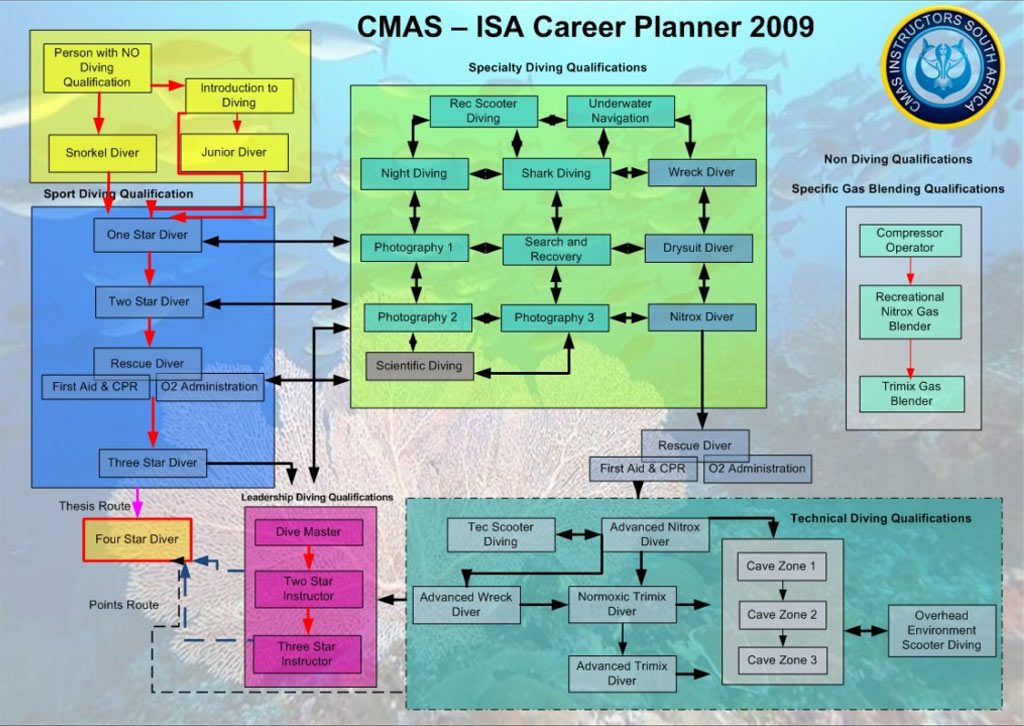

SSI (Scuba Schools International)
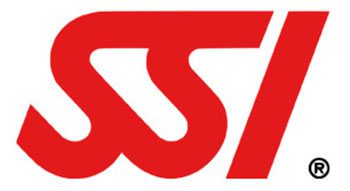

The SSI Diving Federation was founded in the 1970s in the United States to offer its customers a full range of training and equipment sales. In 1999, SSI merged with the National Association of Scuba Diving Schools (NASDS), which had greater recognition. SSI Diving Federation instructors can only train at SSI-authorized dive centers, which affects the availability of training in less developed locations.
The training system is similar to that of other diving organizations, and the training standards are clearly defined and apply worldwide. SSI diving organization is now known around the world, and its certificates are recognized in every diving center. There is also no problem to continue training in another organization.
Website: DIVESSI.com


SDI (Scuba Diving International)


Scuba Diving International is a diver training and certification agency. SDI is a sister organization to TDI Technical Diving International, an organization dedicated to training technical divers.
SDI’s training program is similar to all other agencies and again, there is no problem moving from one organization to another.
Website: TDISDI.com
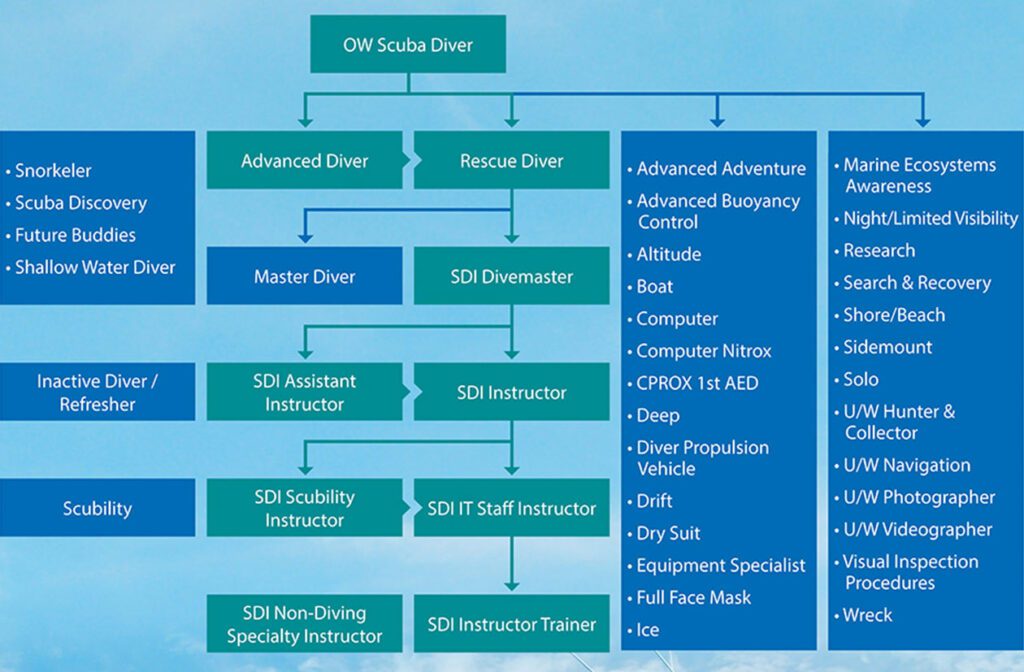

RAID (The Rebreather Association of International Divers)


RAID is an organization founded in 2007 to train divers using Rebreathers. Since then, the federation has expanded its training to include basic diving courses, as well as freediving and technical diving courses.
Website: DIVERAID.com
NAUI (The National Association of Underwater Instructors)


NAUI diving federation was founded in California in 1961. The main goal of this diving organization was to create a safe training program for divers. At that time there were many accidents, because divers were often not properly trained and used untested equipment.
Over time, the organization began to operate outside the United States, and NAUI evolved into an international organization. It wasn’t until 2001 that integrated training programs were completed and standards were introduced that are still in place today. NAUI Federation is recognized around the world, and its licenses are recognized by all dive centers.
Website: NAUI.org
IANTD (International Association of Nitrox and Technical Divers)
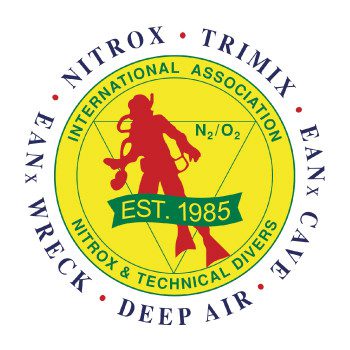

IANTD was founded in 1991 and was the first diving organization to introduce nitrox, and later trimix, into its training courses. This organization is more focused on technical training and even recreational courses are seen more as an introduction to technical diving.
The training standards are more extensive and may seem more complicated. IANTD has more equipment requirements than other organizations, and the basic training program is more extensive.
Website: IANTD.com
Diving organizations for people with disabilities
The best thing about scuba diving is that anyone can try it. It is one of the few sports where any disability does not matter anymore. Therefore, scuba diving is highly recommended for people with disabilities. Of course, depending on the degree and type of disability, different standards have to be prepared and sometimes diving equipment has to be modified.
This is why diving organizations have been created to address the issue of diving for people with disabilities. At Costa Rica Divers we support these projects and want to promote diving as a means of recreation and rehabilitation for people with disabilities.
HSA (Handicapped Scuba Association)


HSA – Disabled Divers Association – is an organization that was founded in the United States in 1981 with the goal of training people with disabilities. It is a non-profit organization that has developed standards for training people with disabilities. These standards are now used all over the world. Diving certificates issued by HSA are recognized in all dive centers.
Website: HSASCUBA.com
IAHD (International Association for Handicapped Divers)
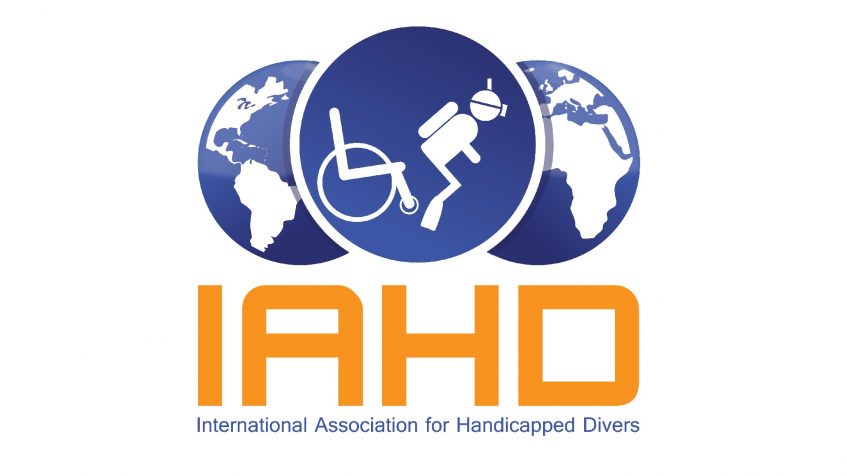

IAHD is a non-profit organization based in the Netherlands. This organization is dedicated to promoting, developing and running training programs for people with disabilities. The IAHD diving federation offers courses for people with physical or mental disabilities. The organization also trains instructors to work with people with disabilities. Because IAHD is a non-profit foundation, all board members are volunteers, as are local members around the world.
Website: IAHD.org
Are there other organizations that train divers?
The diving federations listed above are currently the largest in the world and every dive center knows them very well. This does not mean, however, that there are no other diving organizations. There are very many of them and listing such as PSAI, GUE or CEDIP certainly will not be a complete list.
As I mentioned earlier, diving is a very big business and everyone wants to take a piece of the pie. Every now and then new organizations are created, which declare themselves the best diving organizations or the most modern. However, as a future diver you need to understand one important thing….
The diving industry’s biggest secret (don’t tell anyone)
All diving organizations shout in their advertising or communications that they are THE BEST, BIGGEST or UNIQUE. As dive instructors we should repeat that the organization whose logo we have on our chest is the best and only here you should buy more courses. But the truth is different…
You’d better sit down, because this is going to be shocking.
What logo you will have on your ID card is completely irrelevant. What matters is your diving skills and training. Therefore, the most important choice you have to make is your choice of instructor. It is up to him to teach you how to dive properly and safely.
From time to time, I come across a discussion on the Internet where “experts” hotly debate whether this organization is better and that one is worse. Or that they think this one should be condemned. Hey! It’s like saying that math sucks because your teacher at school didn’t know how to teach it to you.
Stop thinking about the “logo” and start thinking about being a good diver. Look for an instructor with experience who develops their skills in their free time and doesn’t treat diving as an 8-to-5 job.
Let’s recap. What is the best diving organization?
The best diving organization will be any organization in which the instructor is there by choice, and not by necessity. If you are thinking about taking a scuba diving course, call the school you are considering and talk about the course schedule, instructor experience, or what is included in the price.
I personally get irritated when I see hidden fees. I’m sure you know the trick when you see an ad with an extremely attractive price, but then in small print it says that this price doesn’t include anything and there are additional fees. That sucks. Remember, you always get what you pay for.
The question is whether a scuba diving course is a good place to take a shortcut…. But hey! Your life, your wallet and your decisions.
Good luck!
